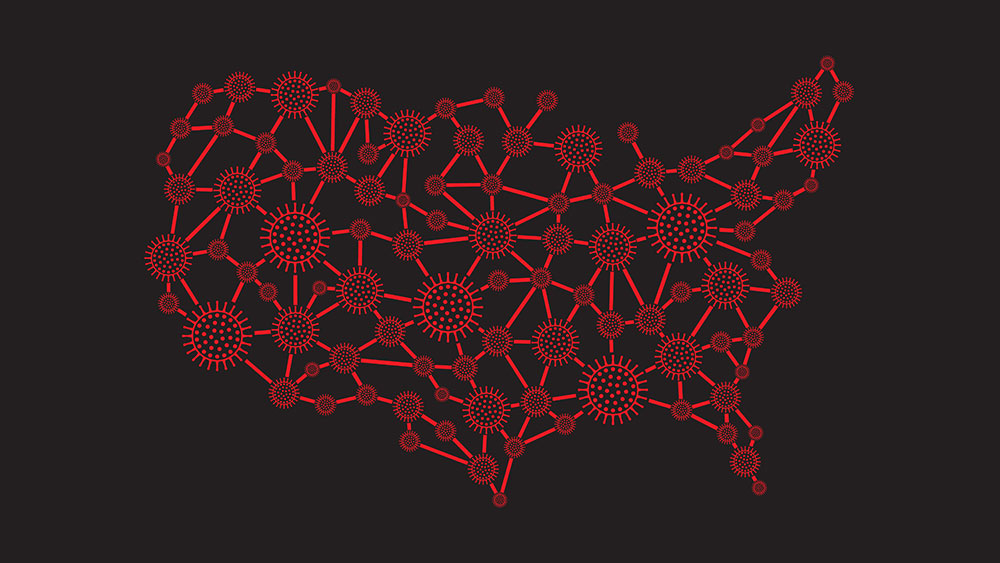
In March 2020, New York City, an icon of America, was unfortunately named an early epicenter of the novel coronavirus. Now seven months later, America faces a new surge in coronavirus cases and researchers at Texas A&M University hope to provide information and context to help with the battle ahead.
Rich Whittle, a doctoral student at Texas A&M, cites in a recent study that by April 2020, New York City accounted for more than a third of the nation’s confirmed cases, with a transmission rate five times higher than the rest of the country.
Whittle wanted to look at these early stages of the pandemic spread in New York neighborhoods to discover if there were any socioeconomic factors that could be associated with the high positivity rate of COVID-19.
The world is waking up to the first global pandemic in a while, but it’s not going to be the last, so understanding the contact patterns and socioeconomic factors that lead to high-detected case numbers is important for public health.
The study, published in BMC Medicine, identified four significant predictors of COVID-19 cases in New York City: neighborhoods with higher population densities led to an increase in the positivity rate; neighborhoods with younger populations (under 18 years old) also led to an increase; households with a higher income led to a decrease; and race showed a significant association with detected COVID-19 cases – both a lower percentage of white population and higher percentage of Black population led to increased positivity rates.
“From what is available in the early stages, this is what we’re seeing from the data, and we know those early stages are really important to keep this and future pandemics under control,” said Dr. Ana Diaz Artiles, assistant professor in the Department of Aerospace Engineering at Texas A&M and co-author of the study.
The study used spatial modeling techniques to look at data from roughly 60,000 cases during the first month of the pandemic in New York City.
“I’m really interested in spatial statistics. When I was in the military, I worked in geospatial intelligence so I have a background interest in that,” said Whittle. “And I was taking Dr. Diaz Artiles’ stats class at the time, so I thought I could combine those two interests and have a look at an ecological study related to COVID-19.”
Whittle initiated the study as his final class project for Diaz Artiles’ spring Design of Experiments and Statistical Methods course (AERO 689).
“This class gives the opportunity to solve problems that the students are interested in,” said Diaz Artiles. “These classes are really useful for students not only in terms of learning statistical tools, but to apply them in practical applications that could even lead to impactful results and publications.”
In addition to academic interest, Whittle was motivated to pursue the study because of the value the results could provide, both now and in the future.
“There’s a need to understand the beginning stage of the pandemic,” said Whittle. “And I think in America, certainly now, there’s a lot of discontent. There’s a definite public interest in understanding the response in the initial stages of the pandemic.”
Whittle and Diaz Artiles emphasize that understanding the early factors and influences of past pandemics, such as the H1N1 pandemic of 2009 and the one we face today, is important in helping to inform future management.
“Hopefully our study will provide a better understanding of the main factors that impact the spread of the disease, thus improving future decision making in the early stages of a pandemic,” said Diaz Artiles.